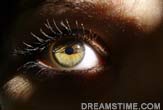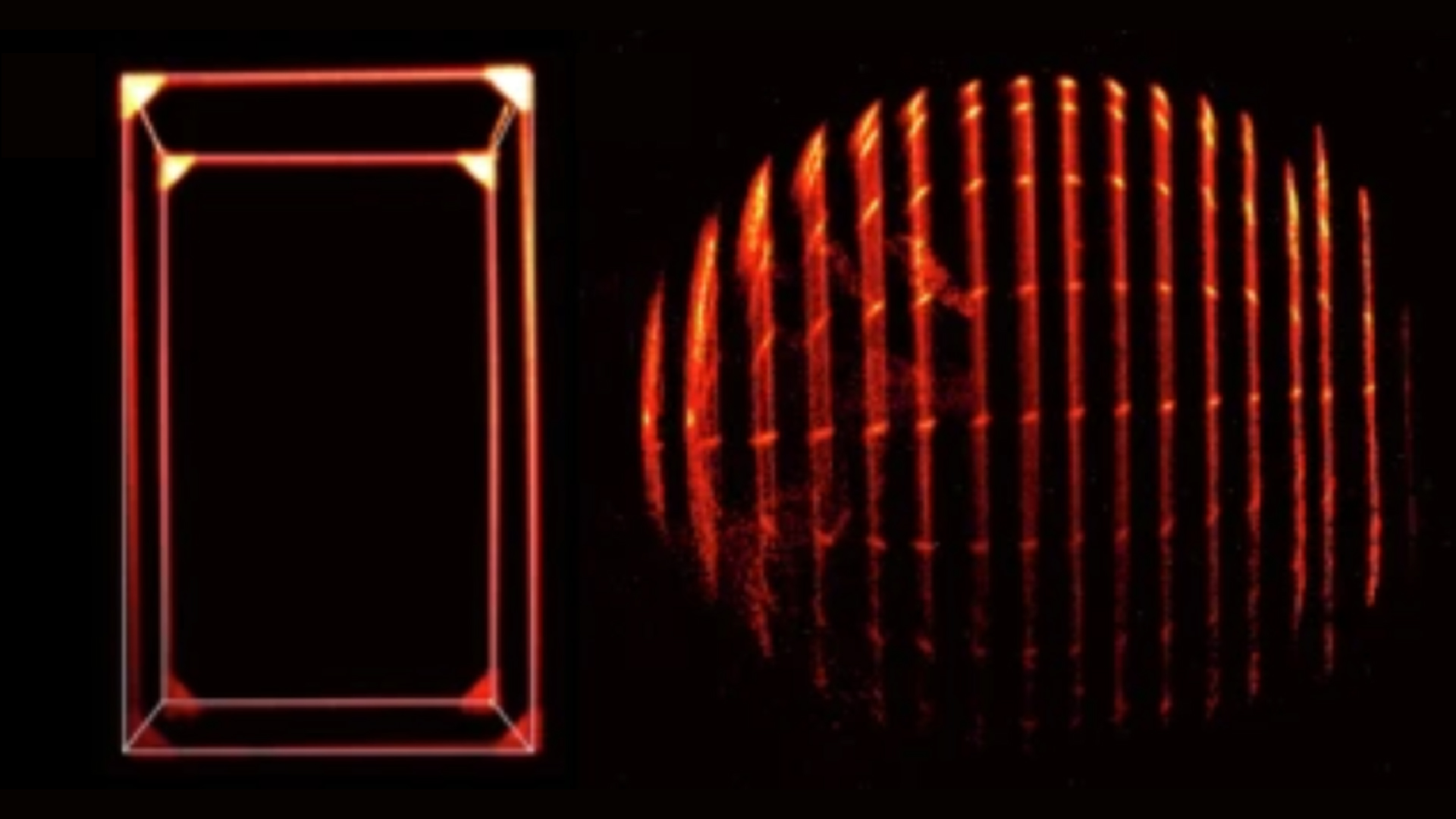
Auditory and visual information in the brain can conspire to trick us into seeing things that are not there, according to new research that suggests our senses are more intimately linked than previously suspected.
Researchers found that subjects shown a single flash of light sandwiched between two tones in quick succession reported seeing an illusory second light flash.
The finding, detailed in the April 12 issue of the Journal of Neuroscience, suggests the brain takes only a matter of milliseconds to combine auditory and visual information, much faster than scientists thought possible.
A direct link
“Usually, it’s thought that the way different senses talk to each other is they go to a way-station higher up where both senses combine, and then that higher order center sends back information to one sense or the other,” said study team member Jyoti Mishra, a graduate student in the lab of Steven Hillyard at the University of California, San Diego.
But the quick rapport between the two brain areas suggests there is a more direct link, she said.
The finding supports previous anatomical studies in monkeys which found neural pathways directly linking the auditory and visual portions of the brain. “People have traced out the connections and found evidence of a direct link. But there has not been any functional evidence that [communication] really happens this fast,” Mishra told LiveScience. “Our study provides that functional evidence.”
Get the world’s most fascinating discoveries delivered straight to your inbox.
In the study, 34 participants sat through the tone-light-tone test about 300 times. Every subject experienced the illusory light flash, but some experienced it more often than others.
“How much they see the illusion can range from 10 to 90 percent of the time the trials are shown to them,” Mishra said in a telephone interview.
Predicting the illusion
The researchers also found they could predict when the subjects would experience the visual illusion by looking at their brain's electrical activity during the experiment.
Only those people whose brains showed an electrical boost in their auditory cortex after the second tone reported seeing the illusory flash.
Thus, the brain wiring and the strength of auditory and visual integration might differ between individuals, or even vary over time, the researchers say.
“It suggests that there are consistent differences in the neural connectivity that are possibly shaped during one’s development and through experience,” Mishra said.
